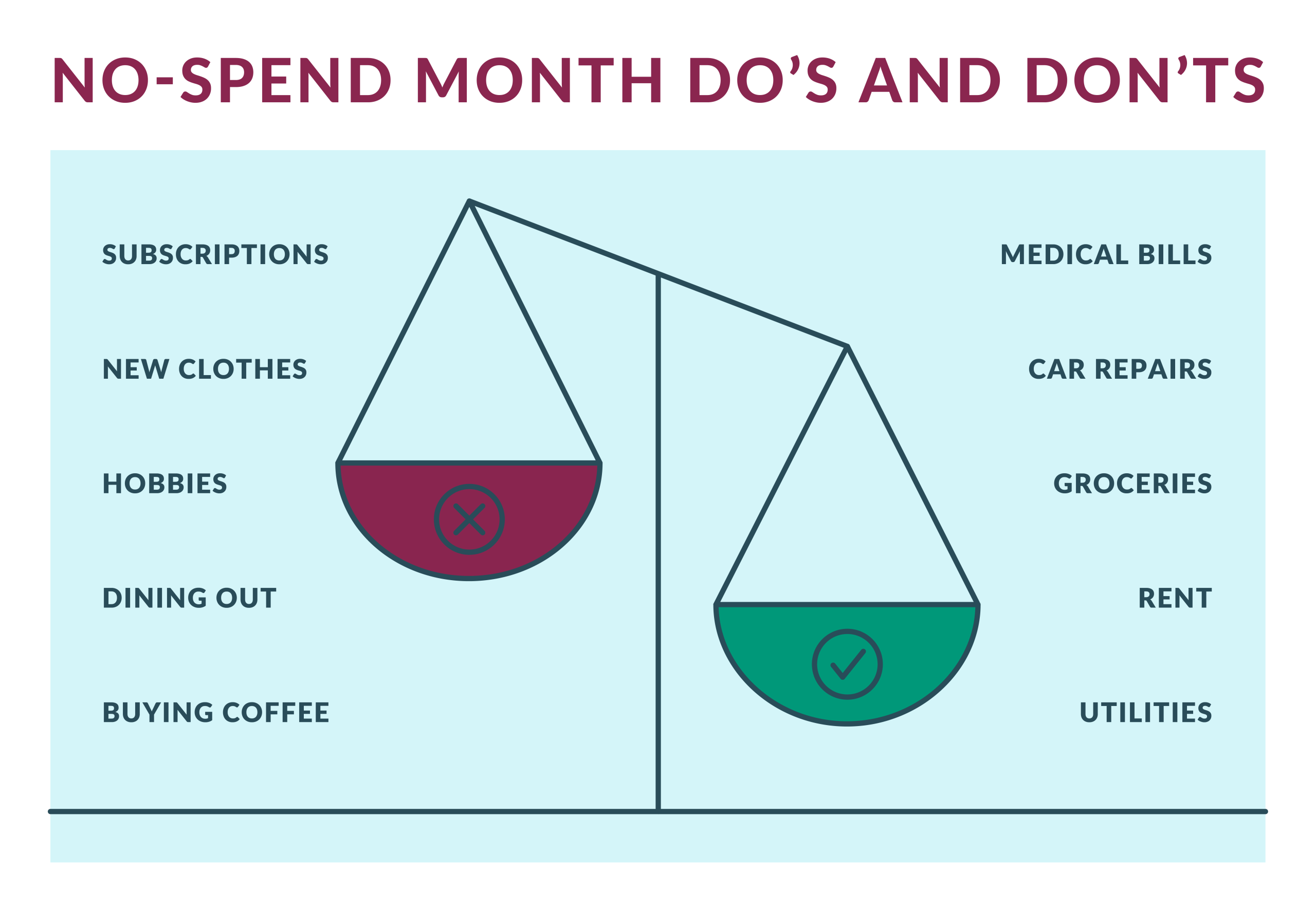Anúncios
Securing a personal loan as a student can be a daunting task, but it can also be a critical financial lifeline.
Whether you need funds to cover unexpected expenses, pay for textbooks, or manage daily living costs, understanding how to obtain a personal loan can make a significant difference in your financial stability.
This comprehensive guide will explore what personal loans for students are, the requirements to qualify, and the differences between personal loans and traditional student loans.
Additionally, we will provide valuable tips and insights to help you navigate the loan application process, ensuring that you make informed and responsible financial decisions.
Keep reading to learn how you can access the funds you need to support your educational journey and beyond.
What is a personal loan for students?
A personal loan for students is a type of unsecured loan tailored to assist students in managing their financial needs.
Unlike student loans, which are designated for tuition and educational expenses, personal loans offer flexibility for a broader range of uses.
These can include covering living expenses, buying textbooks, or funding personal projects. These loans are particularly beneficial for students who require immediate funds but may not have access to traditional student loans or other forms of financial aid.
Personal loans for students can bridge the financial gap, providing necessary support during critical times, especially when unexpected expenses arise.
Can I get a personal loan as a student?
Yes, students can obtain personal loans, although the process can be more complex than it is for individuals with a stable income and an established credit history.
Lenders usually have specific criteria that must be met, such as having a source of income, a reasonable credit score, and occasionally, a co-signatory.
Students often face challenges meeting these criteria, but there are lenders who understand student needs and offer more flexible terms.
These lenders might take into consideration other factors such as the student’s potential future earnings or their current academic standing, which can mitigate the risk associated with lending to students.
To qualify for a personal loan as a student, several factors are considered:
- Income: Lenders typically require proof of income to ensure the borrower can repay the loan. Students can present earnings from part-time jobs, stipends, or other income sources. Demonstrating consistent income, even if it’s not substantial, can significantly improve the chances of loan approval.
- Credit score: A strong credit score greatly enhances loan approval prospects. Students with limited or no credit history might need to focus on building their credit score. This can be done through secured credit cards or small credit-building loans. Alternatively, some lenders are willing to consider lower scores, particularly if other aspects of the application are strong.
- Co-signer: Having a co-signer with a good credit score and steady income can be a game-changer. A co-signer guarantees the loan, agreeing to repay it if the student defaults. This reduces the lender’s risk and can lead to better loan terms.
- Documentation: Students must provide various documents, including identification, proof of enrollment, and bank statements. Thorough documentation helps lenders assess the borrower’s stability and ability to repay the loan.
Is it possible to get a personal loan as a student without income?
Obtaining a personal loan without income is possible, though challenging. Some lenders offer personal loans to students who lack income but these loans often come with higher interest rates to offset the lender’s risk.
In such cases, having a co-signer becomes even more crucial. Students should thoroughly review the loan terms to ensure they can manage the repayment schedule without incurring financial strain.
Additionally, some lenders might accept alternative forms of financial support, such as scholarships or grants, as proof of the student’s ability to repay the loan.
Understanding the differences between personal loans for students and student loans
Distinguishing between personal loans for students and student loans is essential:
- Purpose: Student loans are designed specifically for educational expenses like tuition, fees, and living costs. Personal loans, on the other hand, offer broader usage, allowing students to cover a variety of expenses.
- Interest rates: Generally, student loans have lower interest rates compared to personal loans. This is because student loans are often subsidized or backed by the government, reducing the risk for lenders.
- Repayment terms: Student loans typically offer more flexible and extended repayment terms, including deferment options while the student is still in school. Personal loans usually have shorter repayment periods and less flexible terms.
- Credit requirements: Student loans often do not require a credit history or co-signer, making them more accessible to students who are just starting to build their credit profile. Personal loans, however, do require a credit check and, in some cases, a co-signer.
Tips for getting a personal loan as a student
Securing a personal loan as a student can be challenging, but with the right approach and knowledge, you can increase your chances of approval and find the best terms available.
Here are some detailed tips to help you navigate the process:
Check available loan amounts
When exploring personal loans, it is important to review the available loan amounts offered by different lenders.
Loan amounts can vary widely, depending on the lender’s policies and the student’s financial profile.
Choosing a loan amount that matches your needs without overborrowing is critical. Overborrowing can lead to unnecessary debt and financial strain.
Carefully assessing your financial requirements and borrowing only what you need can help you manage your finances more effectively.
Consider the interest rates
Interest rates play a pivotal role in determining the cost of a personal loan. Students should compare interest rates from multiple lenders to find the most favorable terms.
A lower interest rate can save a significant amount of money over the life of the loan. Keep in mind that students with lower credit scores or no income might be subjected to higher interest rates.
However, some lenders offer competitive rates even to students with limited credit history, making it essential to shop around and compare offers.
Understand additional fees
Beyond interest rates, it’s crucial to be aware of any additional fees associated with the loan. These can include origination fees, late payment fees, and prepayment penalties.
Understanding these fees upfront can help students avoid unexpected costs and better manage their loan repayments.
For example, origination fees are charged when the loan is first processed, while prepayment penalties are charged if you repay the loan early. Being aware of these fees can help you choose a loan that best fits your financial situation.
Read the terms and conditions
Before committing to a loan, carefully read the terms and conditions. This includes understanding the repayment schedule, interest rates, fees, and any other important clauses.
If anything is unclear, don’t hesitate to ask the lender for clarification. It’s crucial to fully understand what you are agreeing to in order to avoid any surprises later on.
Detailed knowledge of the loan terms will ensure you are prepared for the financial commitment you are undertaking.
Check user reviews
Finally, consider checking user reviews of the lenders you are considering. Reviews can provide valuable insights into the lender’s customer service, loan processing time, and overall reliability. Positive reviews and a good reputation are indicators of a trustworthy lender.
This step can help ensure a smoother borrowing experience. Reading about other borrowers’ experiences can give you a clearer picture of what to expect and help you avoid lenders with poor customer service or hidden fees.
Securing a personal loan as a student is a challenging yet feasible process. By understanding the requirements, comparing different lenders, and carefully evaluating the loan terms, students can find suitable personal loans to meet their financial needs.
It’s essential to borrow responsibly, ensuring that you have a clear plan for repayment to avoid financial difficulties in the future.
Thorough research and consideration of all factors can lead to a beneficial borrowing experience.
For more detailed information and updated options, be sure to visit reputable financial websites and consult with financial advisors.
This proactive approach will help you navigate the complexities of securing a personal loan as a student, ensuring that you make informed and beneficial financial decisions.
Therefore, we suggest you also read about the student credit card!






